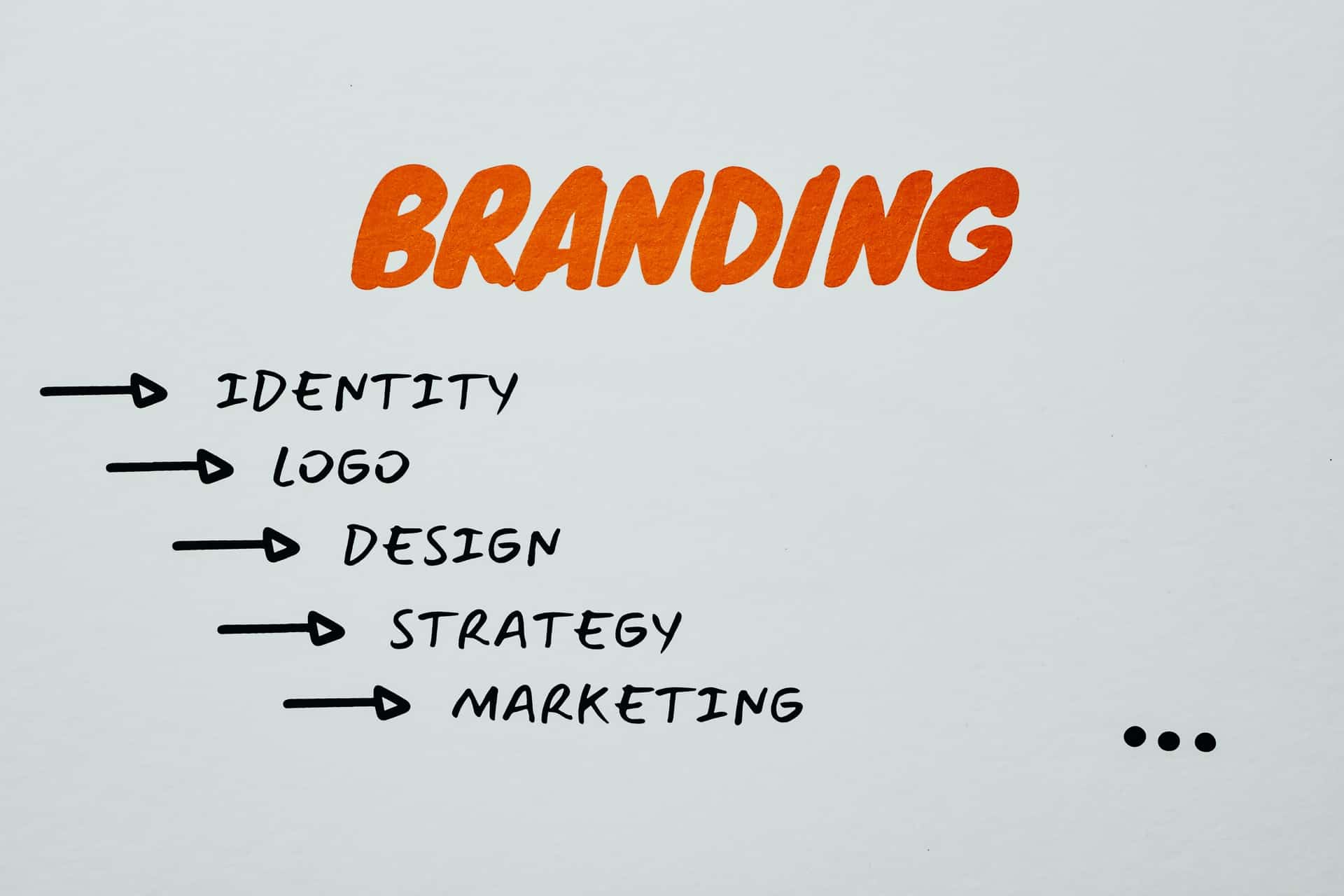Nowadays, there are plenty of accessible platforms and tools out there to help you set up an online business.
But before you can begin taking and fulfilling orders, you need to get the basics straightened out.
You need to map out the key areas of the company and put together an action plan that will help you to build your brand and kickstart your e-commerce business.
Here are six key things you need to get started in e-commerce, so you can turn your online venture into a success.
1. A niche
You may already have an idea of what you want to sell, but you may not. As such, you need to start by choosing the right niche. This needs to be something you’re passionate and knowledgeable about and that you can make a viable business from.
With that in mind, there are a few questions you should ask yourself:
- What are your areas of expertise?
- What skills do you have in that area?
- Will you sell goods or services?
- If you’re selling products, will you make these yourself or source them?
- Will orders be based around one-time purchases, bundles or will it be a subscription model?
You can begin to narrow down your ideas, thinking about which industry, goods or services feel right to you until you have chosen your niche.
2. Products or services
As part of narrowing down your niche, you may have begun to think about goods or services, but now’s the time to choose a profitable e-commerce product to sell. There are several strategies to help you narrow this down.
Firstly, you could solve a pain point or gap in the marketplace. You could also follow a personal passion or create something that appeals to smaller, more niche groups like hobbyists. You can also use social media to look for trends or browse e-commerce sites to see what’s selling right now.
To help you settle on the perfect goods or services for your business, brainstorm some ideas and think carefully about each until you can begin to narrow these down.
Take all of this into account and you should be able to choose the perfect product or service for you to sell.
3. Your target market

It’s all well and good deciding what you want to sell, but in order to ensure business success, you need to make sure that there is a target market out there. This is where fictional customer personas come in handy.
Think about who you might target: how old are they, where do they live and what matters most to them?
You could even further your research, using social media, online forums and other helpful platforms to find out if there’s a gap in the market or a need for certain goods or services.
Conducting some research can be helpful to determine your target market, how to target them and if you’ll make enough sales to sustain the business.
4. A business plan
You’ve already begun doing some of the hard work and research, but you need to make sure you consolidate all of this into a clear, concise business plan.
There are several key sections that every business plan should have and each of these sections should be as detailed as possible to help you set out your goals and prepare for future success. These sections should include:
- Executive summary – This is your elevator pitch. Despite being at the beginning of the plan, this should recap everything you’ve included in the plan in a detailed but succinct way
- Company description – This describes what you’ll be selling, as well as setting out key goals and who the target audience is
- Products or services description – This section should go into more detail about the goods or services you want to sell online
- Market analysis and strategy – Your marketing analysis should further investigate and set out information about the target audience and their needs
- Marketing and sales plan – Now it’s time to determine how you’ll reach your audience and the messages you’ll share. This might also include pricing plans, USPs and which platforms you’ll use to market the business
- Logistics and operations plan – This should cover how you plan to run the organisation, including staffing and management. Plus, you should include details about key areas like suppliers, tracking, transportation, location and courier services
- Financial projection and budgets – The final section will outline initial costs and predicted revenue, investment needed and other important financial details
A detailed and organised business plan can provide you with a clear outline of the steps you need to take to help your business grow. It can also help you to set realistic goals to keep you on track.
This plan can also be beneficial if you need help from investors. That way, you can present them with the facts, figures and projections so you’re more likely to receive funding.
Alternatively, you can work out your own budget and how much you’re going to need to put in initially to get the business up and running.
5. Your name and logo

No business can start selling goods or services if they don’t have a name. It’s also a good idea to hire a professional graphic designer to create a logo at this stage too, as this can be included on your website, social media profiles, and marketing materials.
Your business name needs to be catchy, simple and easy to say. Even better if it’s relevant to the industry or goods you’re selling, as this helps your target audience to understand what you sell much quicker.
Similarly, you need a logo that accurately reflects your company. It needs to be unique, attractive and on-brand. There are plenty of online tools that can help you to create or generate a logo for your business.
6. A website

Finally, you need to design and build your e-commerce website. There are lots of easy-to-use platforms out there that make creating a website straightforward.
Alternatively, if you’re concerned about your technical skills, you could employ the services of a professional web designer to do this for you.
- Cash Flow
Running an e-commerce store is like riding a rollercoaster. The highs are incredible, but the lows… well, they can be stomach-churning. One of those gut-wrenching moments is when you get slapped with a chargeback alert. That’s when a customer disputes a payment made to you and it can have a nig impact on your cash flow if it happens too often.
Here are some things you can do to avoid it:
- Transparent Product Descriptions: Make sure your product descriptions are crystal clear. The more accurate and detailed they are, the less likely customers are to dispute charges due to misunderstandings.
- Ironclad Return Policy: Having a solid return policy that’s easy to find on your website can do wonders. When customers know they can return items hassle-free, they’re less likely to resort to chargebacks.
- Good Customer Service: Be responsive, polite, and helpful when addressing customer issues. A happy customer is less likely to hit that “dispute” button.
- Order Tracking: Provide tracking information and delivery updates. It not only reduces chargebacks but also builds trust.
- Use a Recognizable Payment Processor: Customers tend to trust well-known payment processors. So, stick with the big names if you can.
- Verification Systems: Implement fraud prevention tools and verification systems to weed out potential scammers.
- Keep Records: Maintain thorough records of all transactions and customer communication. It’s your armour in a chargeback battle.